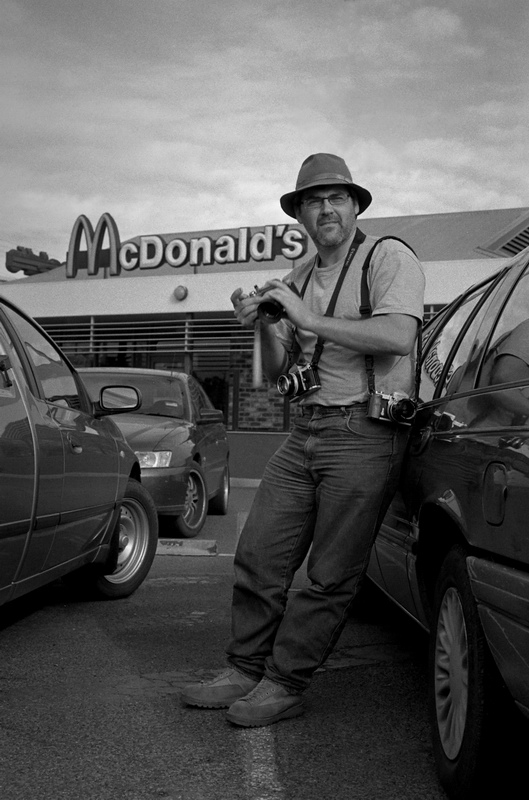capitalK
Warrior Poet :P
Not really a poll, just opinion. I am putting together some images to print and I am going back an forth on whether or not to Photoshop them. They are B&W film scanned by a Nikon Coolscan 4000 and to be printed by an Epson R2200.
I've decided that dodging and burning is fine but I'm just not sure about cloning out distracting elements, telephone poles, distracting signs, etc.
The news photographer in me says NO WAY, NO HOW should I do anything more than subtle dodging and burning but I know many fine art pieces made in studio can be heavily Photoshopped.
So does Photoshopping, or more precisely "cloning", ruin the purity of a street photograph? I'm going to say it probably does but I wanted to get your opinions.
I've decided that dodging and burning is fine but I'm just not sure about cloning out distracting elements, telephone poles, distracting signs, etc.
The news photographer in me says NO WAY, NO HOW should I do anything more than subtle dodging and burning but I know many fine art pieces made in studio can be heavily Photoshopped.
So does Photoshopping, or more precisely "cloning", ruin the purity of a street photograph? I'm going to say it probably does but I wanted to get your opinions.






